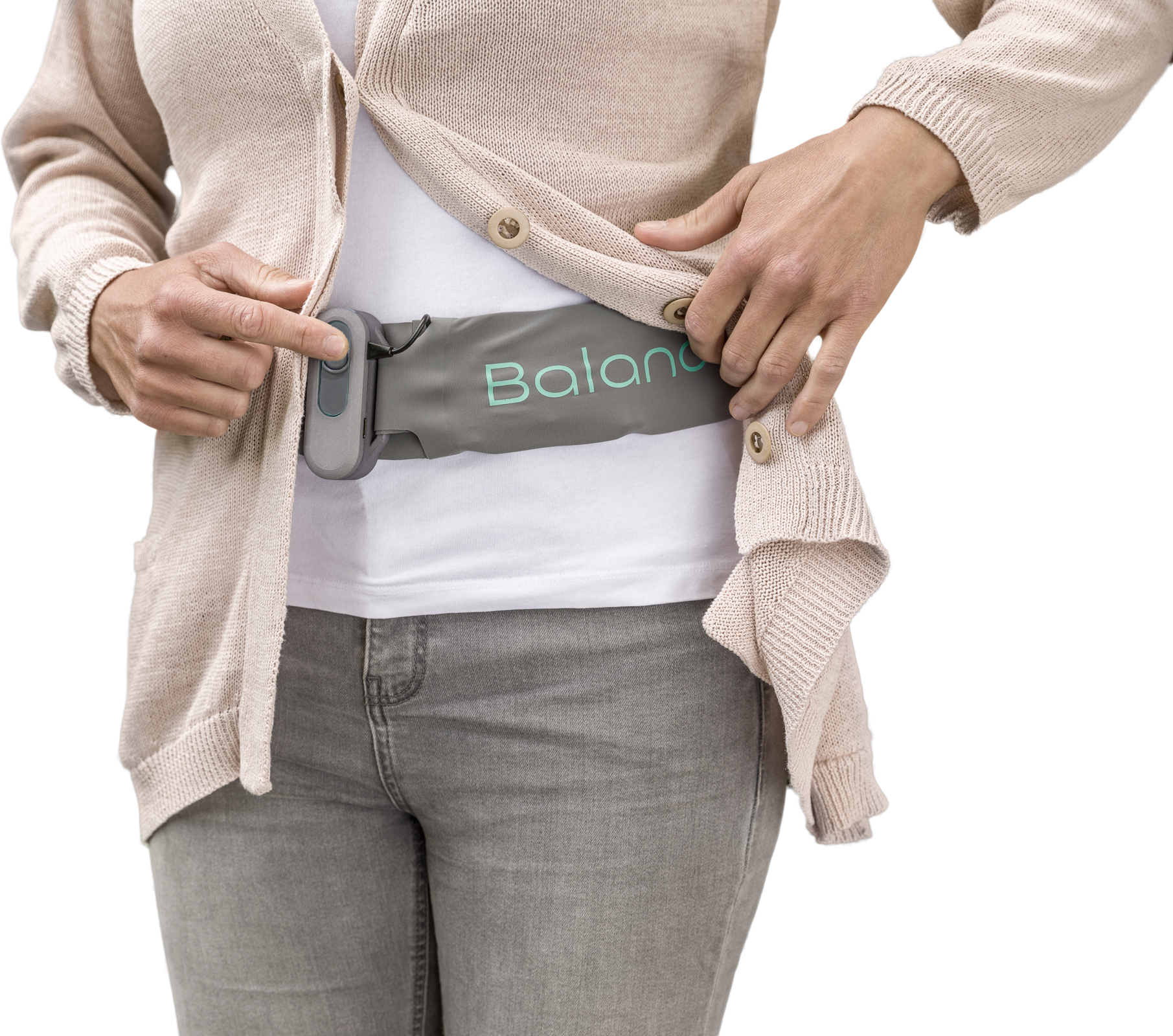The information provided here is general and not a substitute for medical advice. For any personal or specific questions related to your vestibular condition, please consult your doctor or specialist. Only a healthcare professional can give you advice tailored to your situation.
You are walking, and suddenly your balance feels off.
But instead of panicking, you feel a guiding vibration on one side of your waist.
That gentle signal is the BalanceBelt at work, quietly telling you which way you are drifting.
With that simple cue, your body instinctively adjusts.
You correct your balance without even thinking about it.
What could have led to a fall or a moment of fear is now met with calm and confidence,
because the BalanceBelt is there, guiding and helping you stay steady.
















